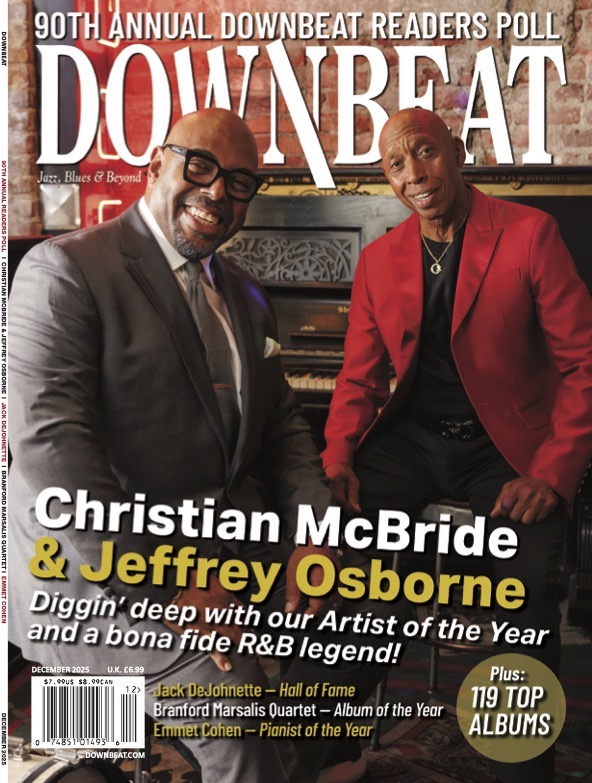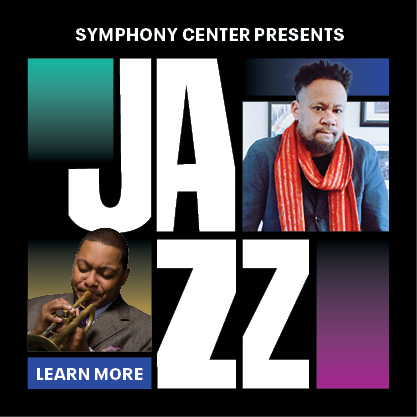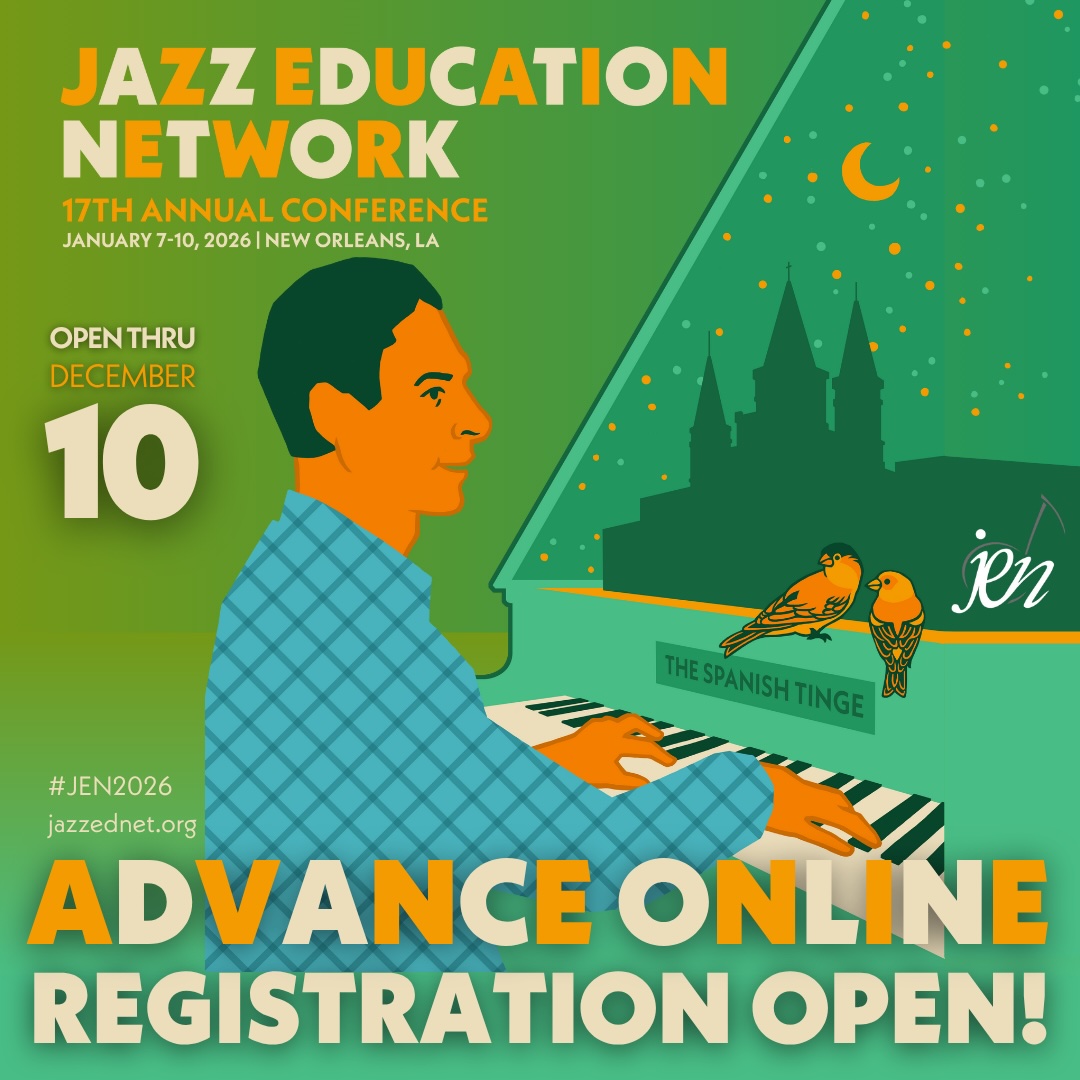Oct 28, 2025 10:47 AM
In Memoriam: Jack DeJohnette, 1942–2025
Jack DeJohnette, a bold and resourceful drummer and NEA Jazz Master who forged a unique vocabulary on the kit over his…
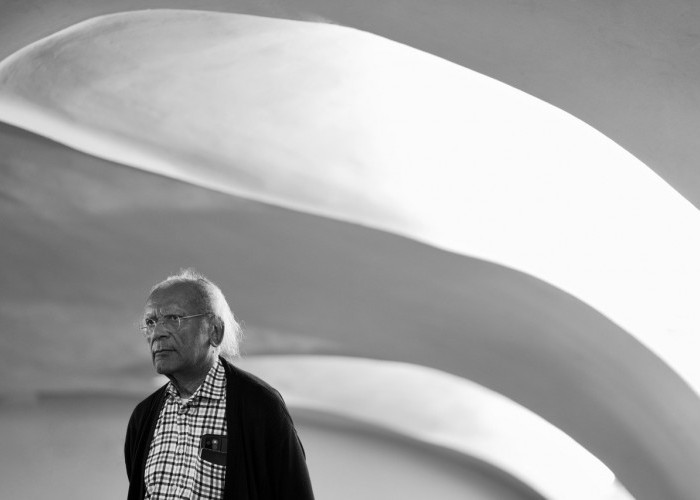
“I feel that the discipline that we call music is an all-dynamic proposition that includes discovery, momentum and transposition,” Braxton said.
(Photo: Marek Bouda)Anthony Braxton turned 80 in June, and his productivity this year alone exceeds that of some other artists’ entire careers. So far in 2025, the bandleader, improviser, composer, educator, unwaveringly positive philosopher and player of all the saxophones from sopranino through contrabass — plus a similar range of clarinets and flutes, piano and computer — has released over 14 hours of music. That includes Trillium X (on PMP), an eight-CD boxed set that presents two complete performances of his latest opera (see the 5-star review on page 72); Live At Pioneer Works 26 October 2023 (on ESP-Disk’), a wooly collaboration with the noise group Wolf Eyes; and Quartet (England) 1985 (on Burning Ambulance Music), a six-hour, digital-only collection of previously unreleased live concert recordings by his deservedly celebrated quartet with Marilyn Crispell, Mark Dresser and Gerry Hemingway.
Noting the content of those records, a skeptical observer might question if Braxton is really a jazz musician. They would certainly not be the first, and even though Braxton was recognized as an NEA Jazz Master in 2014, he would not disagree with them. “I’m not a guy who at some point would call myself a jazz musician,” Braxton explains during a video call from his home in Connecticut. “In fact, I’ve always pushed that back because the jazz musicians were angry at me because they did not like the European side of me or the Asian side of me. No, you’re born on a planet. If you’re lucky, you discover something you can do. And if that’s the case, then do the work. Don’t be put off by being a perfectionist. Do the best you can do and don’t play around with it. And also, off the record, be sure to have some fun. Music is fun, demonstrating all kind of processes for a person to think of and to become part of.”
Braxton still remembers how it first felt to be smitten by the music of Frankie Lymon and the Teenagers. “I remember thinking, ‘How could life get any better than this? This is it!’” Subsequent epiphanies induced by Bill Haley, Dave Brubeck, Sal Mosca, John Coltrane, Ornette Coleman, John Cage and Karlheinz Stockhausen affected him just as deeply. The increasingly cosmic motivations of the music he loved informed his own ambition: to make music that would help humanity in a time of turmoil and transition. “I feel that the discipline that we call music is an all-dynamic proposition that includes discovery, momentum and transposition,” he says.
During a rehearsal in 2007, Braxton told the members of the AIMToronto Orchestra, “an orchestra is a family.” His ensembles, and by extension the efforts of the many musicians who have associated with him, are models for cooperative human activity that aims to do great and beautiful things. And jazz — which was so instrumental in luring him into a life of musical action and has been a touchstone ever since — is at the core of his ever-expanding practice. Tucked in with the set-length collages of Braxton’s compositions on Quartet (England) 1985 are gorgeous soundcheck performances of “All The Things You Are” and “On Green Dolphin Street.” The classic quartet lineup of bass, drums, piano and horn is one of his most enduring settings. His discography includes multi-disc sets of standards and astutely interrogative investigations of the music of Charlie Parker, Lennie Tristano and Warne Marsh that amply demonstrate the depth of his understanding and mastery of post-bebop jazz. But jazz is still a subset of music, and for Braxton, the entirety of music is a vehicle to help humanity get to a better place.
Born in Chicago in 1945, Braxton grew up in a family that did not share his passion for increasingly challenging music, but did not discourage it. He began to study music at age 12, and after high school obtained more instruction from Wilson Junior College and Roosevelt University in Chicago, as well as the United States Army, which stationed him in South Korea. After discharge he returned to Chicago and joined the Association for the Advancement of Creative Musicians (AACM), an organization that sought to further the creative growth of its members in the face of declining opportunities for the city’s African American musicians. AACM members were encouraged to perform solo concerts of original music; the first time Braxton did so, he ran out of ideas after 10 minutes. His response was to devise a personal instrumental lexicon, which he dubbed Language Music, and use it to structure his improvisations. He recorded the double LP For Alto, the first album of unaccompanied alto saxophone music. Its sequential exploration of select parameters set a standard for rigor that his music has upheld ever since. And the graphic titles he gave to his pieces, which looked like circuit schematics, were an early signal that Braxton would not be confined to ordinary ways of doing things.
In the late 1960s Braxton, with fellow AACM members Leroy Jenkins and Wadada Leo Smith, moved to Paris, where he found greater appreciation for his playing and connected with a larger community of freely improvising musicians from other parts of the U.S. and Europe. This began a period where he moved back and forth between the two continents. Recordings with Chick Corea, Dave Holland, Sam Rivers and Barry Altschul raised his profile as an avant-garde jazz player, but it was not until he obtained a contract with the major label Arista in 1974 that he found an opportunity to present the breadth of his musical practice. First, he gave the label several small-group recordings, which obtained strong reviews and decent sales. He followed these with Creative Orchestra Music 1976, an astounding big band recording that explored the continuum between Sousa marches and non-repeating contemporary composition; For Four Orchestras, which was scored for 160 musicians; and For Two Pianos, which presented his music as performed by classically identified players Ursula Oppens and Frederic Rzewski. While the association with Arista ended in 1981, the records he did with the label established the limit-defying parameters of the course he has followed ever since.
Even before his involvement with Arista, Braxton set out to contextualize his efforts. Tri-Axium Writings, a three-volume consideration of the history and philosophy of music, presented not only his ideas about music, but a personal language to describe its operation. Not every musician who has played with Braxton has learned the whole conceptual/technical/linguistic shebang, but all of them have had to figure out how to function and cooperate within complex, dynamic systems that require them to work in ways that they might not anywhere else. The quartet with Hemingway, Dresser and Crispell, which toured several times between the mid-1980s and the early 1990s, proved adept at dealing with the entirety of Braxton’s catalog as it existed at the time. He might call sequences of pieces that had originally been conceived for very different ensembles, and the band often played two compositions simultaneously. Playing out over the course of a set, their performances were dense, angular and persistently thrilling, even for the listeners (in Braxton’s parlance, “friendly experiencers”) who did not know the tunes being played.
Braxton has developed a series of systems, each of which relate to the 12 basic languages that he identified after that first humbling solo concert in Chicago, that propose ways for the ensembles ranging in size from trios to unusually configured big bands to proceed. Ghost Trance Music used a steady pulse and long, non-repeating themes to impart a ritual quality. Falling River Music used graphic scores painted by Braxton to elicit music full of movement. Diamond Curtain Wall Music and Lorraine Music used electronics to interact respectively with free improvisation and densely notated scores. And musicians playing Echo Echo Mirror House Music wielded mp3 players loaded with Braxton’s back catalog, which they could play during the performance. All of this to help musicians make decisions on how to navigate an overwhelming flow of data and do so with a consciousness of how their decisions will affect the musical whole.
Alongside these systems, Braxton has composed a series of operas that use the medium’s bigness and spectacle as ways to explore interrelations between past, present and future. While their sound grammar conforms to the genre’s conventional combinations of classically trained voices operating within orchestral environments, the dramatic action shuffles scenarios dealing with the post-Antebellum South, contemporary finance and science fiction futures. Once staged, they are available to be recombined in modular fashion. Another plus-sized recurring project is the Sonic Genome. Each occurence involves assembling a dozen local and imported groups inside a large cultural institution, such as Berlin’s Gropius Bau and Turin’s Egyptian Museum, for a day. The assembled musicians navigate hundreds of his compositions in a semi-autonomous but interconnected fashion while the friendly experiencers wander between them.
Of course, these projects require enormous resources. In 1994, Braxton received a MacArthur Foundation grant, which he used to launch the Tri-Centric Foundation. The non-profit organization maintains an archive of Braxton’s scores and writings, and has facilitated the production of his large-scale works. The foundation’s board is composed of individuals who have played and studied academically with Braxton. In 1985 he took a teaching position at Mills College, and from 1990 to 2013 he was a professor of music at Wesleyan College, teaching ensemble and lecture classes. Saxophonist and multimedia artist Chris Jonas was Braxton’s assistant at Wesleyan from 1997 to 2000, has co-conducted the Sonic Genome and is currently the board vice president of the Tri-Centric Foundation. He wrote from Berlin to share his perspective on Braxton’s practice as an educator:
“His approach to mentorship is as idiosyncratic as is the case for almost everything else in his world. I believe that the starting point for his paradigm of mentorship is probably Muhal Richard Abrams, albeit through Braxton’s affirmative and kind approach to the developing work of the young musicians in his sphere. He certainly has philosophies and approaches that I think many of us have adopted and adapted to our own work, well known through his writing. But I think it is probably the more first-hand experience of working inside his projects that has had the most significant impact on his former students. In this way, if teaching is what you call it, he teaches by example. And I don’t think he is terribly concerned with what specific messages or lessons are being conveyed. I think that is part of the tradition that we all now come from. It is across generations that this stuff is learned. Iterated.
“Among the things I believe may be shared between many of us who have come through this informal school include the necessity to put in many hours. Under all conditions to do your best, a kind of due diligence. Make big, hard-to-imagine things. Another is the idea that an ensemble or a project is a living, breathing community. He is famous for not providing music to performers until the moment they are walking on stage so that there is no chance of practicing the music. This would seem counterintuitive for a composer who has spent dozens of hours creating compositional structures for a concert. By doing so, he forces everyone not only to tap into a developing set of skills of creating music that is extraordinary on the fly, but most significantly, relying on one another to do so.”
Braxton’s own response attests to the seriousness with which he has approached his educational work. It is one more way in which he is trying to help humanity.
“I’ve tried with my students to give them good flex logic options, so they won’t be trapped in one space. OK? I have also tried to encourage not to get locked in anyone’s space, but to go outside of your sweet spot and see what kind of things are happening. All of those kind of experiences will help you to define your composite formulations as it relates to the discipline of music, as it relates to the experience of constructing structure, or the experience of transcendence through fusion into spiritual dynamics or narrative logics. Plus, I’ve tried to have fun with my students. It’s beautiful to see a young person discover something and then start just moving up, growing up quickly, because something pushed his button. I feel kind of like ‘mother hen Braxton’ when I think of my incredible students and how fortunate I have been that I would have students who didn’t just run away from me at the end of the class, but rather became part of my family.” DB
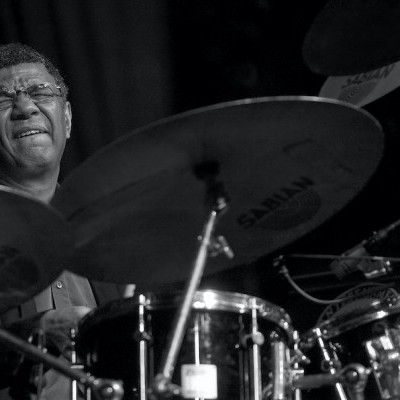
Jack DeJohnette boasted a musical resume that was as long as it was fearsome.
Oct 28, 2025 10:47 AM
Jack DeJohnette, a bold and resourceful drummer and NEA Jazz Master who forged a unique vocabulary on the kit over his…
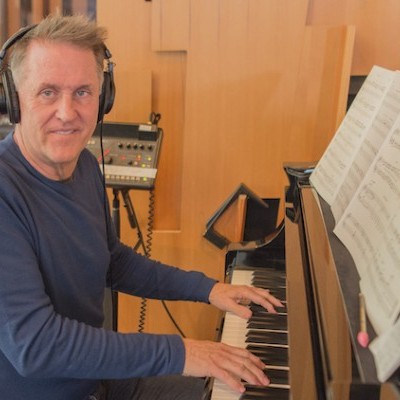
Goodwin was one of the most acclaimed, successful and influential jazz musicians of his generation.
Dec 9, 2025 12:28 PM
Gordon Goodwin, an award-winning saxophonist, pianist, bandleader, composer and arranger, died Dec. 8 in Los Angeles.…
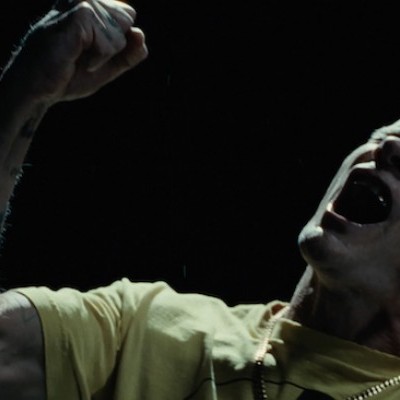
Flea has returned to his first instrument — the trumpet — and assembled a dream band of jazz musicians to record a new album.
Dec 2, 2025 2:01 AM
After a nearly five-decade career as one of his generation’s defining rock bassists, Flea has returned to his first…
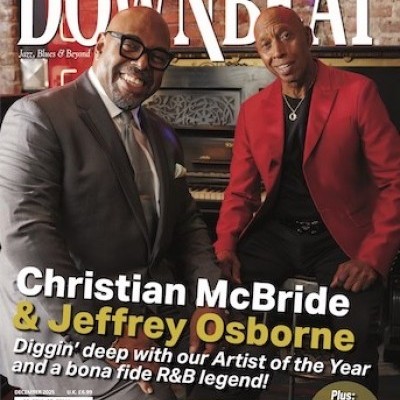
Nov 13, 2025 10:00 AM
For results of DownBeat’s 90th Annual Readers Poll, complete with feature articles from our December 2025 issue,…
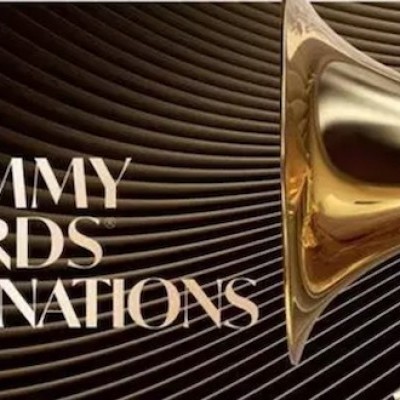
To see the complete list of nominations for the 2026 Grammy Awards, go to grammy.com.
Nov 11, 2025 12:35 PM
The nominations for the 2026 Grammy Awards are in, with plenty to smile about for the worlds of jazz, blues and beyond.…

